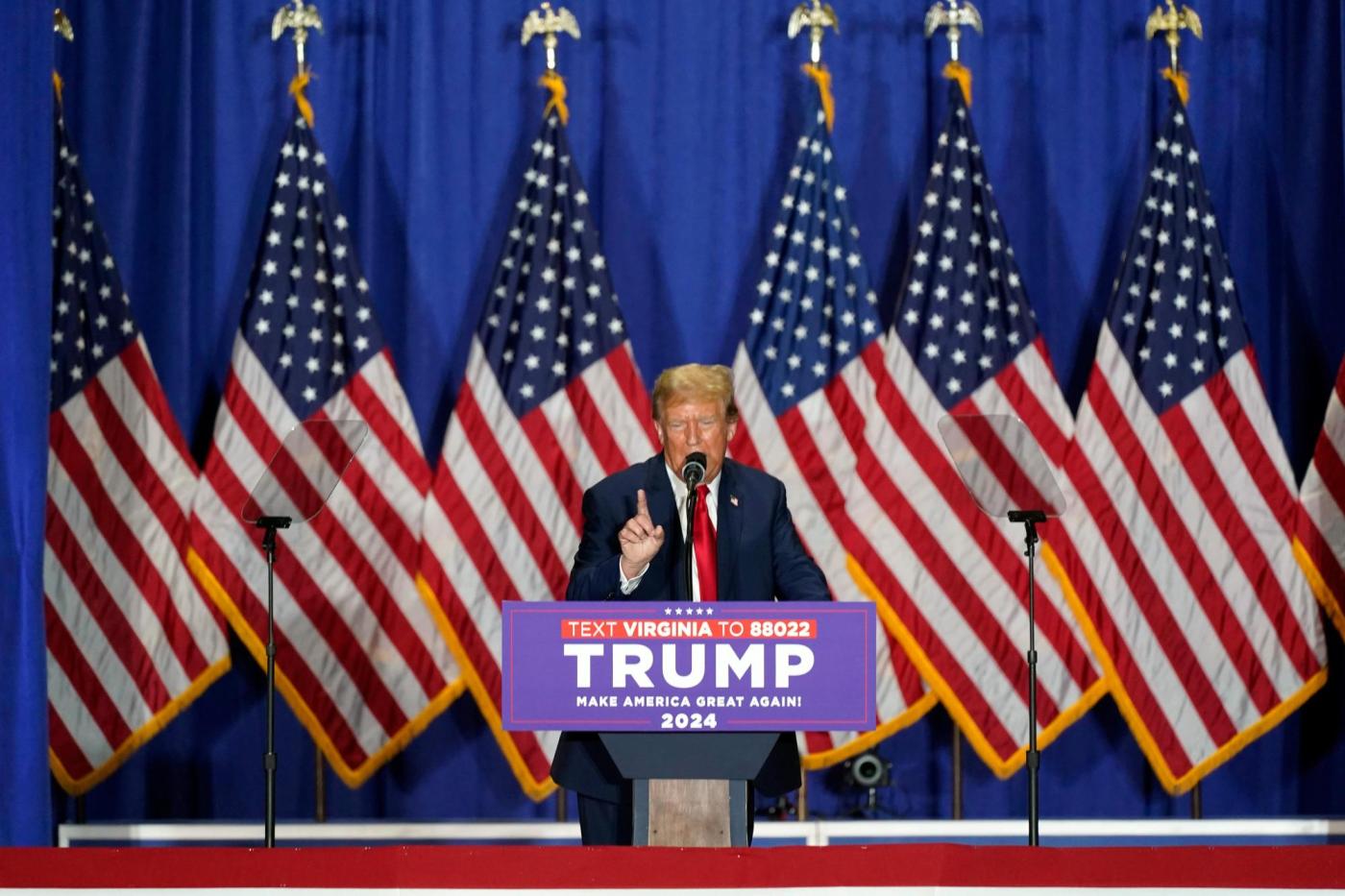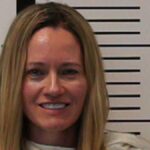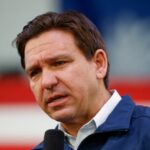
Two attorneys for then-President Donald Trump orchestrated a plan for fake electors to file paperwork falsely saying the Republican won Wisconsin in a strategy to overturn Joe Biden’s 2020 victory there and in other swing states, according to a lawsuit settlement reached Monday that makes public months of texts and emails.
Under their agreements, Kenneth Chesebro and Jim Troupis turned over more than 1,400 pages of documents, emails and text messages, along with photos and video, offering a detailed account of the scheme’s origins in Wisconsin. The communications show how they, with coordination from Trump campaign officials, replicated the strategy in six other states including Georgia, where Chesebro has already pleaded guilty to charges stemming from the 2020 election.
The agreements settle a civil lawsuit brought by Democrats in 2022 against the two attorneys and 10 Republicans in Wisconsin who posed as fake electors. The Republicans settled in December.
“Our democracy demands better than this,” said Scott Thompson, one of the plaintiffs’ attorneys who helped negotiate the agreements. “That is why this lawsuit … consistently sought transparency, accountability and deterrence. We can’t let this happen again.”
There is no admission of wrongdoing or liability in the agreements in which Chesebro and Troupis promise to never participate in similar efforts involving future presidential campaigns. Troupis must also pay an undisclosed amount to the plaintiffs.
Troupis said Monday in an emailed statement that the “alternate elector ballots” were “a reasonable course of action” given that the 2020 results were appealable to the U.S. Supreme Court.
“The settlement was made to avoid endless litigation, and nothing in today’s settlement constitutes an admission of fault, nor should it,” he added.
Phone and text messages left Monday for Chesebro weren’t immediately returned.
Electors are people appointed to represent voters in presidential elections. The winner of the popular vote in each state determines which party’s electors are sent to the Electoral College, which meets in December after the election to certify the outcome.
The documents show how Chesebro and Troupis, Trump’s attorney in Wisconsin, used arcane laws in rationalizing and drafting the false certificates for the fake electors. They also reveal how the two strategized ways to delay deadlines for certifying electoral votes and sway public opinion, including floating ideas on conservative talk radio.
In November 2020, as they were awaiting a decision from the then-conservative leaning Wisconsin Supreme Court on Trump’s effort to invalidate thousands of votes in the state, Chesebro suggested to Troupis that they contact conservative radio hosts in Milwaukee and Madison: “Mostly to maximize the chance that SCOW (Supreme Court of Wisconsin) justices hear about this quickly and prejudge the case?”
He ended with a winking emoji.
The fake elector efforts are central to an August federal indictment filed against Trump alleging he tried to overturn results of the 2020 election. Federal prosecutors, investigating his conduct related to the Jan. 6, 2021, U.S. Capitol riot, have also said the scheme originated in Wisconsin. Trump also faces charges in Georgia and has denied wrongdoing.
Michigan and Nevada have criminally charged fake electors, but there’s no known criminal investigation in Wisconsin.
Wisconsin Attorney General Josh Kaul, a Democrat, has suggested he’s relying on federal investigators while also not ruling out a state probe. Attorneys who negotiated the settlement said information in the documents has already been provided to Kaul’s office.
Monday’s agreements were announced by Georgetown University Law Center’s Institute for Constitutional Advocacy and Protection, Law Forward and the Madison-based Stafford Rosenbaum law firm.
According to the plaintiffs’ attorneys, the documents show how Troupis, an attorney who has represented the Republican Party of Wisconsin and is a former judge, was deeply involved in the origins of the effort.
Trump lost Wisconsin to Biden, a Democrat, by fewer than 21,000 votes.
At Troupis’ urging, Chesebro drafted memos in the final months of 2020 detailing how to prepare the fake elector certificates and how they should be signed. The documents include a 10-minute video of the fake electors who cheer and take photos as they cast and sign ballots for Trump at the Wisconsin State Capitol.
There are no direct communications with Trump in the documents, but there are exchanges with top campaign aides and Trump attorney Rudy Giuliani.
A day after Chesebro shares a Dec. 6 memo on strategies, Troupis follows up via text: “I have sent it to the White House this afternoon. The real decision makers.”
There’s a brief mention of a Dec. 15 afternoon meeting with Trump in the Oval Office that both men attended with others. Days later, Chesebro refers to Trump’s social media post summoning followers to Washington on Jan. 6, saying “Be there, will be wild!”
“Wow. Based on three days ago, I think we have a unique understanding of this,” Chesebro texts Troupis.
Trump campaign officials did offer their assessment of each state’s progress on the fake elector plan.
“Wisconsin appears to be the most organized state so far,” concludes a Dec. 11, 2020, email from Trump campaign associate general counsel Joshua Findlay to Chesebro.
“This all came out of Wisconsin and expanded to other states,” said attorney Mary McCord with Georgetown’s institute, who helped negotiate the settlement. “That was a significant part of the narrative that led to the violence on Jan 6.”
After the deadly attack at the Capitol, the attorneys discussed falsely deflecting blame from Trump supporters to members of the anti-fascist movement, among others.
“It’d be nice if Trump surrogates could get across that without antifa’s role in the actual breaking in … the scene at the Capitol would have been entirely peaceful. And that Trump could not (have) reasonably foreseen this,” Chesebro wrote in a text to Troupis.
He added, “The President can put this behind him if he invites Biden and (Vice President Kamala) Harris over for coffee on inauguration morning and attends the (virtual) inauguration.”
Government and outside investigationshave uniformly found there was no evidence of widespread voter fraud that could have swung the 2020 election. But Trump has continued to spread falsehoods about the election.
Sophia Tareen , 2024-03-04 23:19:18
Source link


